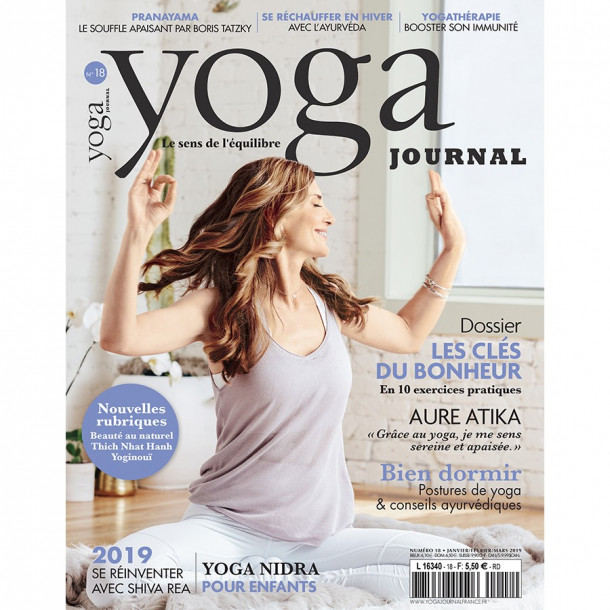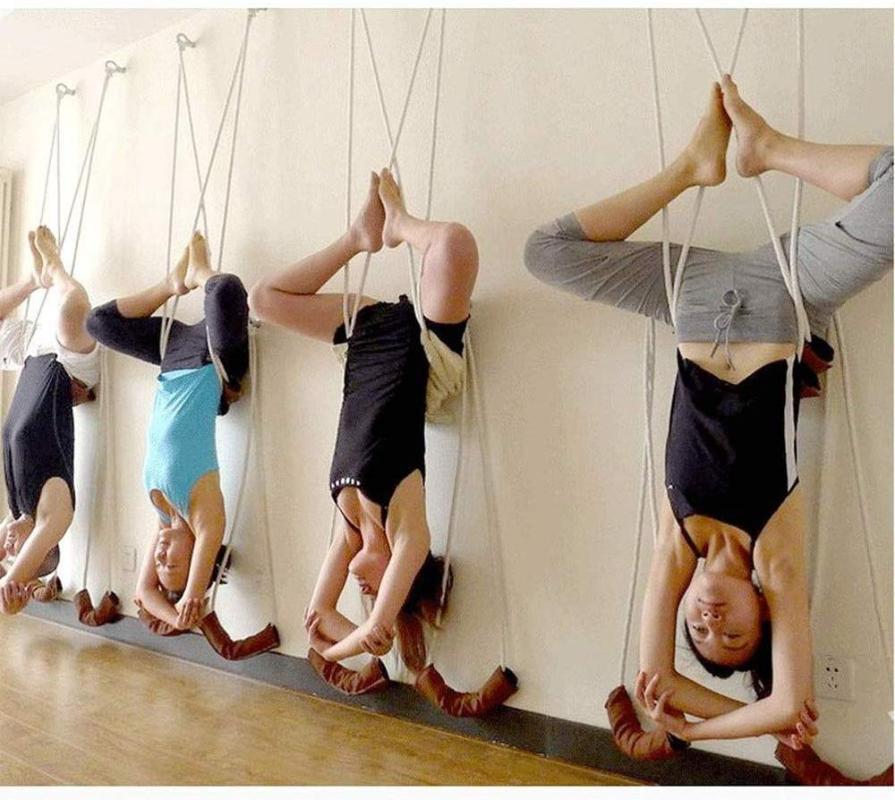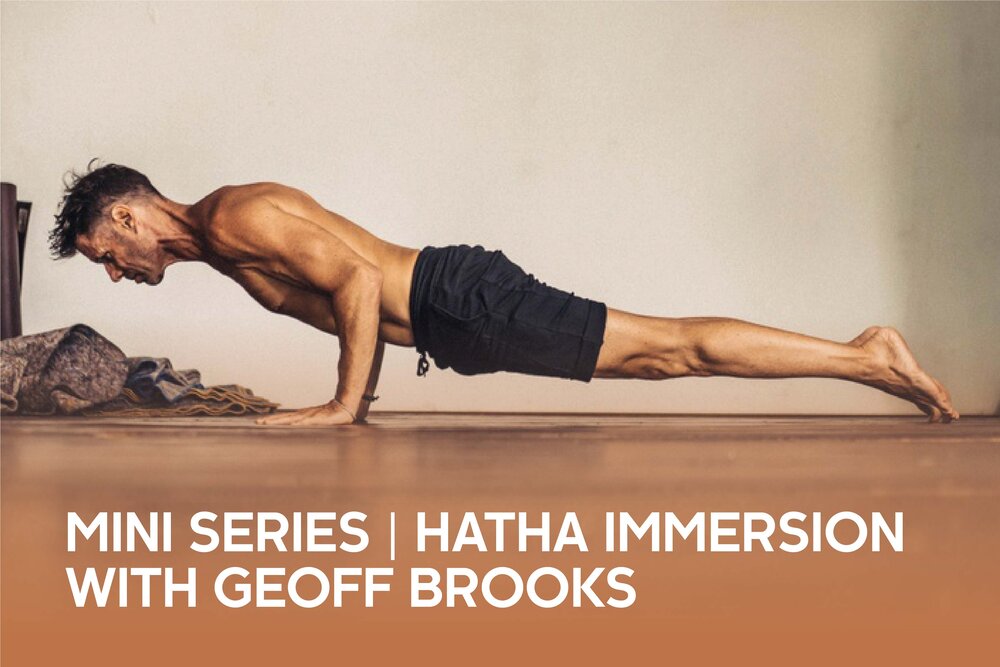
Hot yoga is a popular form of exercise. Hot yoga offers a number of benefits for the body, including increased flexibility and reduced warm-up time. However, hot yoga can be dangerous because it can cause heat stroke, heat exhaustion, and dehydration. When you practice hot yoga, make sure to drink plenty of water and avoid overstretching. To help the room feel warm, you might want to light some candles if your practice is in a very hot place.
Reduces the chance of osteoporosis
The study showed that gentle reclining yoga poses can reduce the risk of osteoporosis and increase bone density. These changes did not increase the chance of fracture, according to the researchers. It is important to remember that this study was limited and further research is needed. People suffering from osteoporosis shouldn't do vigorous yoga, but should instead practice two 30-minute sessions each week.

Enhances flexibility
A new study has revealed that yoga hot classes have a higher room temperature, which increases muscle flexibility. Because the room is warm, it's safe for muscles and joints to stretch, particularly after injury. Regular yoga students experience a greater degree of flexibility over time. Here are three reasons to try hot yoga.
Blood sugar levels can be lowered
Low-temperature exercises can not only strengthen muscles but also lower blood sugar levels. It can stabilize insulin levels and prevent neuropathy. Hot yoga is not only good for your metabolism, but it can also lower blood sugar levels and aid in weight loss. This can make you happier. It may be beneficial for people with diabetes to lower their blood sugar levels in order to avoid long-term complications. Diabetes patients should consult their doctor before starting any exercise program, particularly hot yoga classes.
Increases mental health
While the effects of hot yoga on participants' mental well-being haven't been extensively studied, one study suggests that they may experience significant mental health improvements. A controlled, randomised trial of 290 new yoga students involved participants reporting on four different emotions each day. The participants reported changes in their self-reported health and well-being from pre to post-treatment. The hot yoga group showed an increase in life satisfaction and self-esteem, as well as in mindfulness, peace of mind, and eudaimonic well-being, which are major aspects of social-psychological functioning.

Lowers cardiovascular risk
A new study demonstrates that practicing hot yoga can lower blood pressure. The study found that hot yoga practice led to a significant drop of systolic bloodpressure in subjects. Diastolic blood pressure, which measures the pressure in the blood vessels, also dropped in the yoga group. People who didn't do hot yoga, however, did not experience any changes in blood pressure. However, the results are preliminary and should not be repeated in a larger study.
FAQ
Can yoga be beneficial for people suffering from chronic diseases?
Yoga may be beneficial for people suffering from chronic diseases such as heart disease and diabetes by increasing their flexibility, improving fitness and reducing stress.
Yoga can also help with many other conditions such as arthritis, asthma and depression, fibromyalgia (high blood pressure), insomnia, fibromyalgia.
Can I do yoga every day as a beginner?
Yoga is a wonderful way to strengthen your body. It is also a great way to relax and release stress. You don't necessarily have to be a master of yoga to start to practice it regularly. Yoga for beginners should be done three times per semaine, for 20 minutes.
This is enough time for you to get started. You can gradually increase the amount you spend practicing.
Which yoga pose is the best for beginners
Yoga poses and styles can be confusing for beginners.
Hatha Yoga is the most well-known type of yoga. It focuses on stretching and physical fitness. It can be used to reduce stress and improve focus.
Kundalini Yoga also has a popular style. It involves breathing techniques and meditation. This practice can lead to many health benefits, including better flexibility, balance, or strength.
Yin Yoga offers a second option for beginners looking to calm their minds and relax. Yin Yoga focuses heavily on the ability to hold poses or positions for longer periods.
What foods should I avoid after practicing yoga?
Your energy levels may be affected by avoiding certain foods. You may feel bloated and have stomach cramps. It is possible to feel tired from practice and want to eat light, nutritious food.
Are there many types of yoga?
Bikram Yoga (Bikram Heated) is the most popular form of yoga. Other forms include Hatha, Ashtanga, Vinyasa, Iyengar, Kundalini, Yin, Power Yoga, Flow Yoga, Reiki, Pilates, Restorative, Aerial, etc.
Statistics
- About one in seven U.S. adults practiced yoga in the past 12 months, according to a 2017 national survey. (nccih.nih.gov)
- A 2020 review of 27 studies (1,805 total participants) of yoga interventions in children or adolescents found reductions in anxiety or depression in 70 percent of the studies, with more promising results for anxiety. (nccih.nih.gov)
- Lock in 25% off your Founding Member rate. (corepoweryoga.com)
- The people in the yoga group were 37 percent more likely to have quit smoking by the end of the 8-week program. (nccih.nih.gov)
- According to calorie estimates calculated at Harvard Medical School, the average 125-pound person burns about 120 calories in a half hour of hatha yoga, and a 185-pound person burns about 178 calories in that half hour. (everydayhealth.com)
External Links
How To
What is the best position to practice yoga?
There is no right or wrong way of practicing yoga. Every person is different. It is enough to find the position that feels most comfortable for you.
Here are some common postures:
For beginners, standing poses are a good choice because you can see your body from various angles. They allow you to focus more on your breathing.
Forward bends - Forward bends are often used to open up tight areas of the body. They can be used while lying down or sitting.
Backbends. Backbends generally are considered advanced poses. Instructors can help you decide if this is a pose you would like to try.
Inversions - These are poses that require you upside down to balance. This type of yoga is challenging, but it can be rewarding.